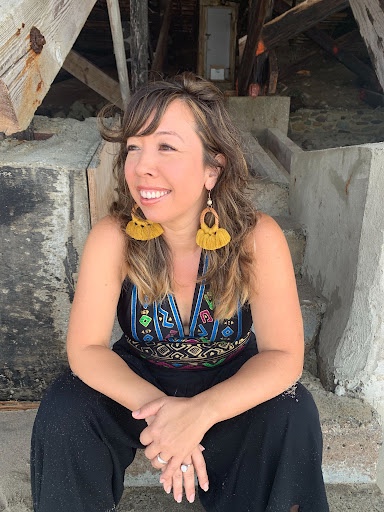Hello again! You’re in good hands this week, as we put Erika Hayasaki in charge of today’s newsletter. She’s brought a bundle of great reads, and some invaluable writing tips as well.
Erika is a writer based in Southern California. Her recent feature stories, regularly making appearances on our lists, have run in The New York Times Magazine, WIRED and The Atlantic. She used to be a national correspondent for The Los Angeles Times. Now she teaches nonfiction storytelling at the University of California, Irvine. She’s currently finishing a book, Somewhere Sisters. It is a true story about adoption, identity and the ties of family. It begins with a pair of identical twin sisters born in Vietnam and separated at birth (Algonquin Books, forthcoming fall 2022). This year, she’s also a Knight-Wallace Reporting Fellow, researching a project about Black and Asian American lives, a tale of two American cities.
And now, enjoy Erika’s Sunday Long Read!

My iCloud Notes app is full of lists of potential story ideas—links, random thoughts, fragments of topics of interest. I teach in the UC Irvine Literary Journalism Program, and we talk all the time about what makes a good idea or pitch. How to turn a glimmer of a concept into an actual longform story? This week, each student in my writing workshop is trying to nail down one deep-dive idea to work on this year. I asked one of my earliest writing mentors to Zoom into our class recently to discuss this process. So I will start with a piece of advice from him, before diving into this week’s list.
Richard E. Meyer is a two-time Pulitzer Prize-finalist in feature writing for When the Shooting Stops and Julia Understands Everything (an incredible narrative that he wrote by interviewing the main subject, who could not speak. He spent 450 hours of conversation with Julia, as she blinked to spell words on a letter board).
Rick told the class that you need four key elements for this kind of story. He learned this from Tommy Thompson, a top writer for Life magazine. “One is a pile-driving narrative with a lot at stake. It has to have one character, at least, who is larger than life. Second, it has to have a beginning, middle and end. And the third thing you need in a story is to take us into a fascinating world that readers know little about. And finally, it’s a story idea that has to be compelling to you, the writer. Because if the story is not compelling to you, you’ll never make it compelling to anybody else.”
Rick first taught me about narrative when I was not much older than my undergraduates. I was a new hire at The Los Angeles Times, clueless about how to piece together a long story (structure never gets easier by the way). Over the years, I’ve thought more about the kinds of stories that are compelling to me, and I’ve realized that some ideas that I am most drawn to have at least three dimensions:
—The Main Character Dimension: As Rick mentioned, most longform stories follow a path, a journey, series of events that lead to a revelation, an evolution, an exploration that results in a lesson learned. This may be a person the writer interviews and follows. Or it could be the writer or host’s journey. Or it could be a place, event, object (like an apple or crystals), or even a creature.
—The Social Dimension: Maybe it is that classic story “hook.” The answer to why should we read this particular story at this particular moment? Maybe it comes in a nut graf, maybe not. But this might include something off the news, something about the world we live in, or the forces that shape it, some kind of scientific breakthrough, or social justice question. It may be an investigation into structural racism or environmental issues. It may offer some kind of solutions-oriented journalism.
—The Human Condition Dimension: This may be the most underestimated angle of the story idea at first. But for me, this question underlies everything about why we tell, read, think and live by stories. This is about the existential questions. Who are we and why? What makes us human? How did we get here? Where do we go from here? What makes people tick? What keeps them going? These themes may emerge during the reporting, delving into death, love, personality, resistance, resilience, relationships, identity, becoming.
The stories I selected this week hit on these three levels in different ways. If I had more time, I would want to ask each author, how did you come up with this idea? Where did you find it? How did you follow it through? What drew you to this idea personally?
Instead, perhaps you can ask yourself these questions as you read this week’s edition of the Sunday Long Read.


You must be logged in to post a comment.